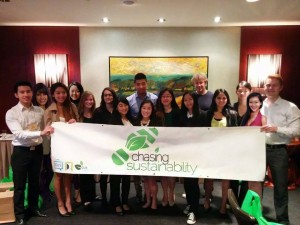If the United Nations was fully funded why would we need the Arc or social enterprise?
The United Nations is an international organisation that was founded after WWII in 1945. It comprises of 51 countries working together with the goal of achieving global peace and security. The Arc Initiative is a Sauder program that provides internships, workshops and mentoring activities in South America and Africa. A social enterprise strives to ‘disrupt the status quo and transform our world’.
The United Nations functions on a larger scale and hence, must prioritise resolving issues that appears to be the most relevant for the majority of the 51 countries cooperating together. Political issues that would appear as headlines within the news such as the Syrian War are the types of affair that the United Nations would try to tackle. This is essentially because they work on a global scale and thus, have to find solutions to issues that are known globally. While this is important, this leads to smaller local issues to be neglected by the United Nations.
The Arc Initiative or social enterprise on the other hand, works on a smaller scale and can therefore focus more on having a direct impact with mitigating local issues. Through an Arc Initiative workshop in Ethiopia, Fitih Tesfaye learned new business tools such as a strategy map tool that enabled her to understand points of parity and points of differences. Identifying this led her to pursue and further differentiate by moving from the heavily competitive restaurant market to the sweets market with Yana Sweets.
Overall, the United Nations and the Arc Initiative or social enterprise complement each other as the former functions on a global scale while the latter functions on a smaller scale.
Website and image sources:
http://www.un.org/en/aboutun/index.shtml
http://www.sauder.ubc.ca/Global_Reach/ARC_Initiative
http://skollworldforum.org/about/what-is-social-entrepreneurship/
http://www.theglobeandmail.com/report-on-business/small-business/sb-growth/going-global/in-a-crowded-market-ethiopian-entrepreneur-finds-a-sweet-way-to-stand-out/article17912688/
http://liveactionnews.org/wp-content/uploads/2013/03/UN-flags.jpg











